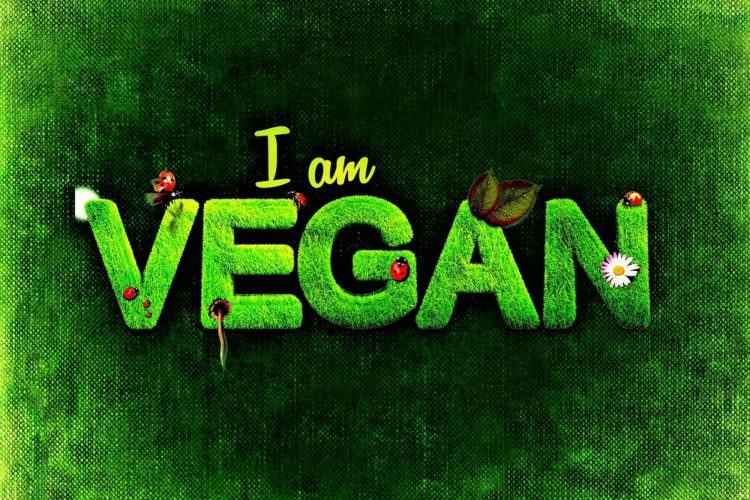Veganism is more than just a way of eating. It is a lifestyle. Once you decide to go vegan, you need to do a little research so you can understand what this diet entails and what the potential benefits are. Let’s explore what it means to be vegan and how you can transition to a plant-based diet from one that includes animal proteins.
What is Vegan?
Vegans are those who choose not to consume any animal proteins. Many vegans also don’t use products made from animals, such as leather shoes and accessories or personal care items with milk or honey in them. This is an ethical decision that speaks to the cruelty of animals.
Veganism is different from vegetarianism. Vegetarians include foods that are sourced from animals that do not cause harm to the animal. This consists of the consumption of dairy products, eggs, and honey.
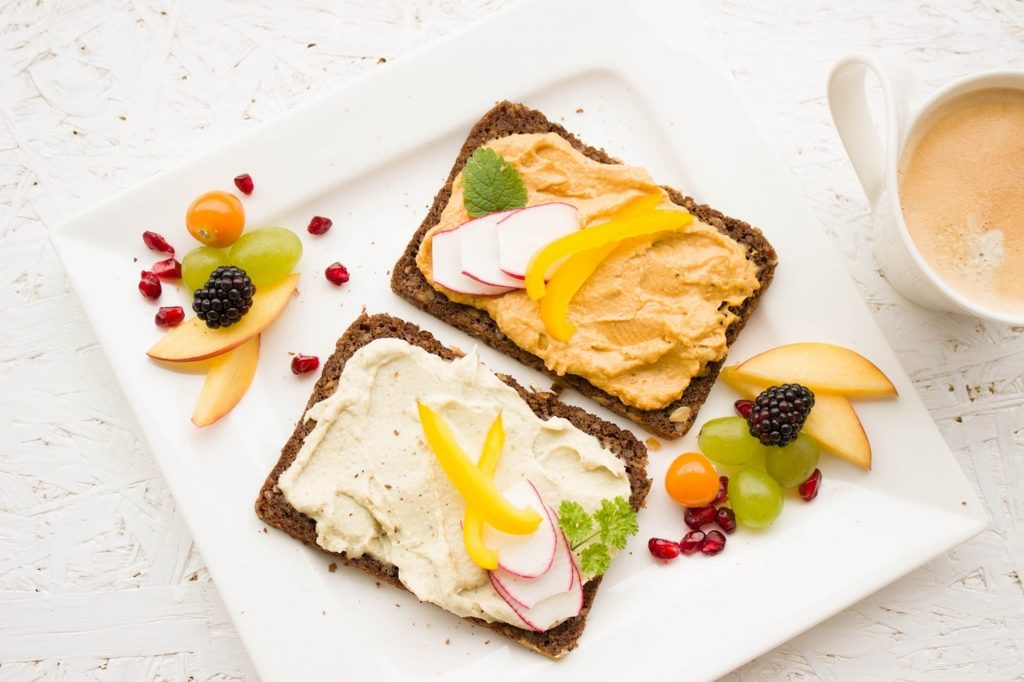
What do Vegans Eat?
The vegan diet includes many plant-based foods. The trick to eating vegan is to make sure you get an adequate amount of protein and fat for balance. Your daily calories should come from a wide variety of foods. Here is what you can eat:
- Fruits and vegetables
- Legumes: beans, lentils, and peanuts
- Nuts, seeds, and butters from both
- Whole grains and quinoa
- Tofu and tempeh
- Non-dairy milk, yogurt, and cheese
- Coffee, tea, and spirits
- Sweeteners other than honey
Vegans consciously avoid all animal protein and foods that are sourced from animals. These items include:
- Beef, pork, and lamb
- Poultry
- Fish and shellfish
- Eggs
- Milk, yogurt, cheese, and butter
- Honey
- Products with casein, whey, and gelatin
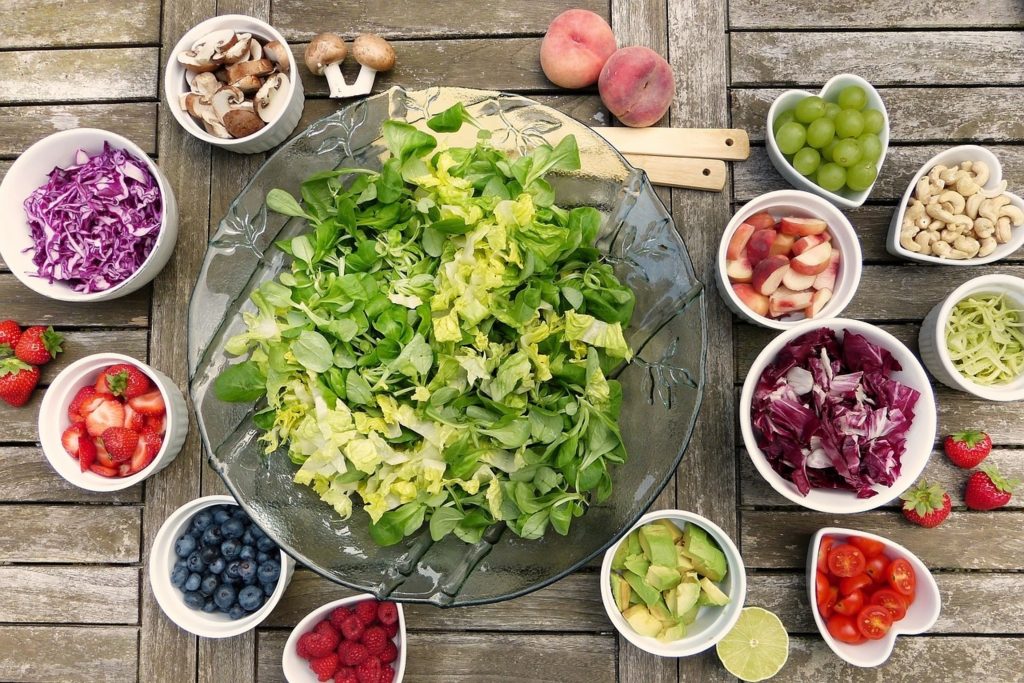
Health Benefits of a Vegan Diet
Many people choose to eat a vegan diet for a positive environmental impact. Others transition to vegan for health reasons. Often, it is a decision to lose some weight.
Plant-based diets are believed to reduce the risk of developing type 2 diabetes and cardiovascular diseases. There is some evidence that a vegan diet can delay the onset of Alzheimer’s.
A common reason to not eat animal proteins is to avoid ingesting hormones, antibiotics, and heavy metals that can harm your health.
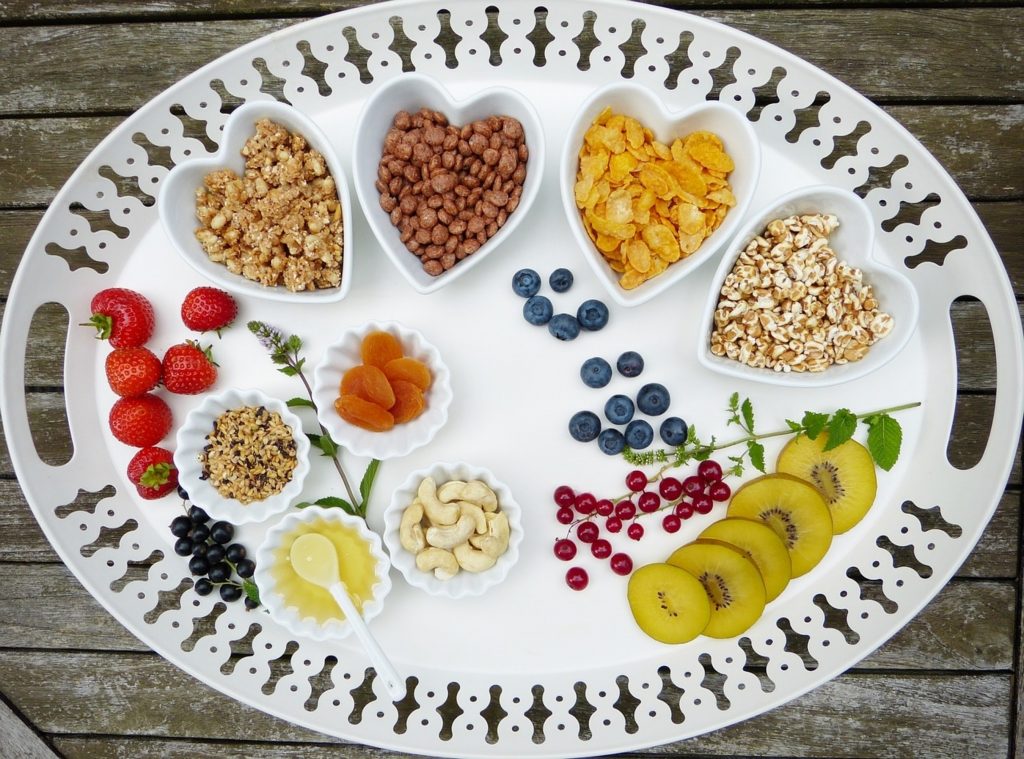
Transitioning to Veganism
Getting a jump start on your vegan journey does not have to be a drastic transition. Your body may need some time to acclimate to this new way of eating. You may want to start by eliminating foods to avoid one at a time and replacing them with plant-based foods with similar compositions.
Let’s say you remove fish from your diet. You will want to eat other foods that are high in omega-three fatty acids, such as avocadoes. Avocadoes contain heart-healthy fats.
When you stop eating red meat, add in some whole grains and dark leafy greens that have vitamin B-12 and iron. These foods are also great substitutes for dairy that is high in calcium.
And what about protein? Beans, lentils, nuts, seeds, and tofu are all quite high in protein. Swap out these foods for eggs, poultry, and meat.
Giving up dairy might not be that difficult. You can find nut, grain, soy, and coconut milk. There are also nut, soy, and coconut-based yogurt and cheese. Vegan mayonnaise and “butter” are also available.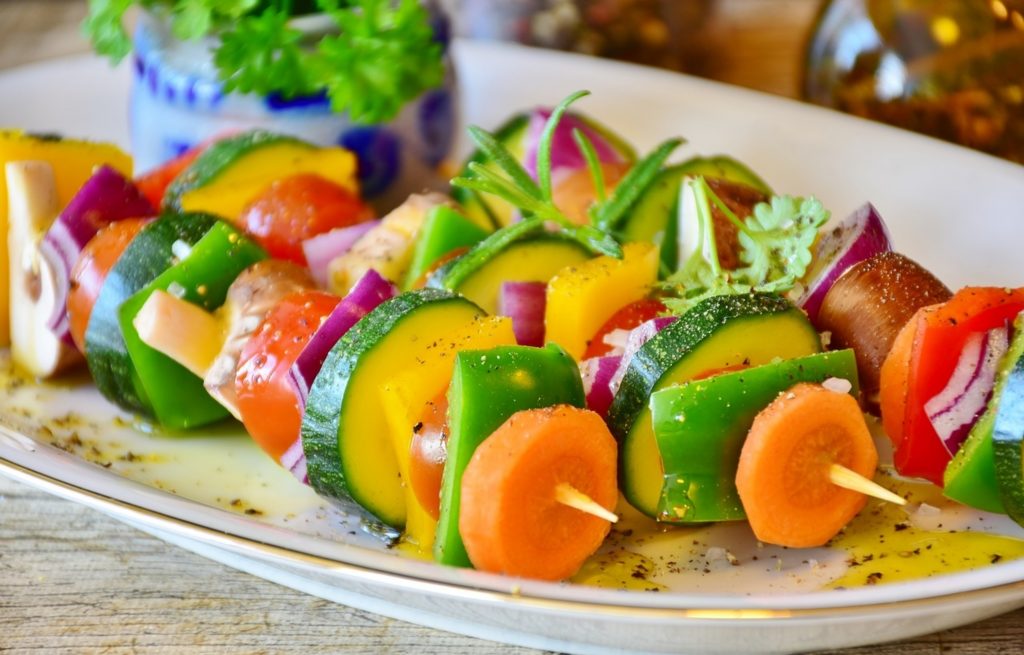
Final Thoughts
Once you decide to make the switch from a diet that includes animal protein and products to a plant-based diet, take your time. Shop the aisles of your local market to find options. Be sure to read labels. Make use of the internet for ideas and recipes.
There is no need to go cold turkey during the transition. Eventually, you will start to feel good and comfortable with this new lifestyle. Your body and taste buds will change over time, and cravings will subside. You are likely to notice some of the health benefits.

